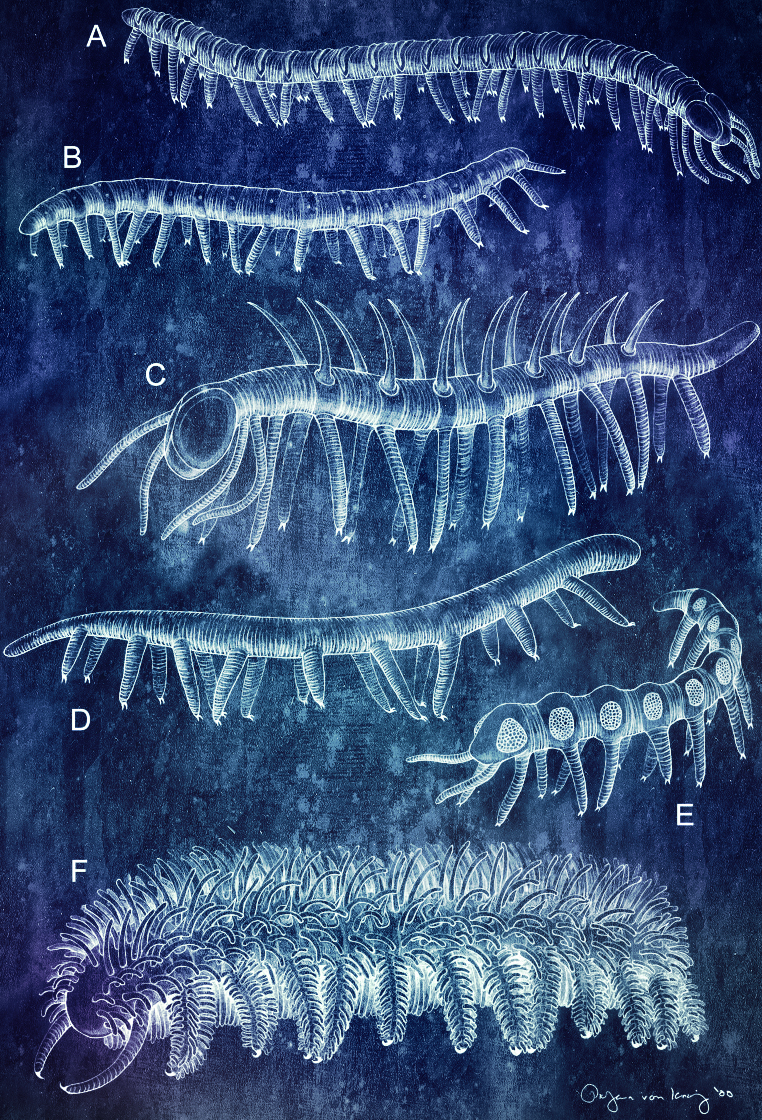Lilitika now has 2000 roots! The two thousandth root is strezyé, "to bless."
Roxanne,
You don't have to turn on the red light;
Those days are over,
The tubes are now balanced and all is right.
[…]
You don't have to turn on the red light;
Those days are over,
The tubes are now balanced and all is right.
[…]
(This article was originally written about a week ago. A mindless Baidu crawler deleted it, much to my horror. Hopefully that won't happen again.)
Lilitika intentionally takes strongly after ancient Greek in several respects, most obviously in the personality of its consonants and some of its endings. A week or two ago I was investigating classical sources in search of new mechanisms through which it might be possible to give the language a greater expressive power, and I stumbled upon the aorist. […]
Lilitika intentionally takes strongly after ancient Greek in several respects, most obviously in the personality of its consonants and some of its endings. A week or two ago I was investigating classical sources in search of new mechanisms through which it might be possible to give the language a greater expressive power, and I stumbled upon the aorist. […]
Measuring number of roots as an index of a language's maturity... what could possibly go wrong? […]
This has been stewing around in my head for a little while now. Seems like the sort of thing I intended to write here. Yes, the hour is odd. No, I'm not having trouble sleeping. You are.
Retrospective admission: this article is nonsense. At the time I'd only seen newbie languages and didn't realise how large the conlang community was. Ignore this. […]
Retrospective admission: this article is nonsense. At the time I'd only seen newbie languages and didn't realise how large the conlang community was. Ignore this. […]
By far the most remarkable thing is how much of these changes stop existing when Explorer isn't running. Technically I like the ribbon in Explorer because I'm a fan of the ribbon UI for cheesy HCI activism reasons, but I don't think I'd ever actually resort to it since right-clicking is more immediate.
The technical differences are as follows. […]
The technical differences are as follows. […]
I was going to write some awful poetry here, but I'll just be blunt: the velocity and volume of material behind machine learning research leaves me on my knees. Every generation has said that general AI is only a few years away—but not every generation has had classification accuracy comparable to a well-trained human expert. Obviously that's not the last step in assembling your very own heuristically-programmed algorithmic computer, or even a plausible tactical drone, but it's a very big deal. […]
I have given it a bit of much-needed polishing; user profiles are now naturally linked to their neighbours on CM.net using transparent aliasing. It wasn't much work to put it together, but in combination with some other minor improvements to the Bug template and a quick implementation of the To Do page, it means that the core mechanism of code is complete. […]
When you hear about alien lifeforms, one of the most common phrases is "silicon-based life." The idea crops up often in science fiction—but what does it mean? Would it really look like burnt pizza? Is it even possible? What other forms of life are there?
Previously, we looked at the basic concepts of evolution from the perspective of research biology. If you haven't already read Part I, you might wish to do so.

Previously, we looked at the basic concepts of evolution from the perspective of research biology. If you haven't already read Part I, you might wish to do so.

Examples from the phylum Onychophora, one of the most peculiar kinds of worms.
[…]

The tree of life on this planet undergoes extensive and regular pruning. Understanding how this process occurs is essential to creating a constructed world with a plausible biosphere. The art of creating a biosphere, like the art of creating a detailed family languages, is distinguished by the fact that you can do as much or as little as you like, and still captivate a casual reader—but you will still have a rotten taste in your mouth if you skimp on constructing a plausible history. […]
Previous Next
1 2 3 4 5 6 7 8